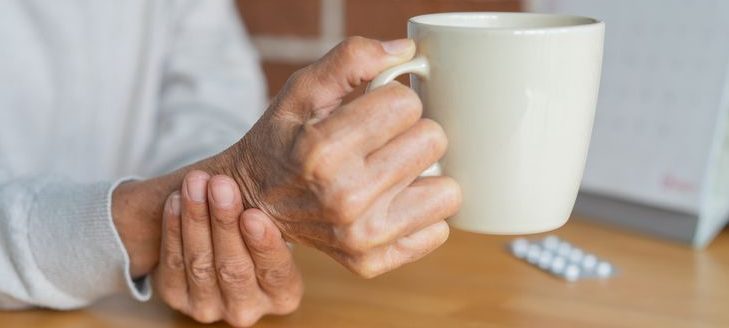In cases of fractures in children with suspicion of non-accidental injury (NAI), biochemical markers of calcium homeostasis should be performed.
To describe the pattern of biochemistry in children with fractures NAI is suspected.
Children ≤2 years of age who had undergone a skeletal survey as part of a child protection investigation where 1/+ fracture was identified over a ten-year period (2012-2021) at the Royal Hospital for Children, Glasgow.
A retrospective review of case notes was conducted. Established criteria to classify NAI were used to distinguish confirmed NAI from non-NAI. Biochemical markers of calcium homeostasis were classified as normal or abnormal using local reference ranges. Vitamin D deficiency was classified as Vitamin D < 25 nmol/L and insufficiency as 25-50 nmol/L.
One hundred and twenty-seven children were identified, of whom 107 (84 %) had bone biochemistry performed. Twenty-nine children (24 %) had injuries that were classified as confirmed NAI. In cases where NAI was confirmed either at case conference or by criminal conviction 14/29 (48 %) had one or more abnormal bone biochemical markers. None of the children displayed clinical or radiological evidence of rickets. Alkaline phosphatase (ALP) was higher in children with confirmed NAI (median 296 vs. 261, p = 0.01) but there were no other statistically significant differences in biochemical levels between those with confirmed NAI compared to those without. Those with confirmed NAI were from areas with lower SIMD score (2.0 vs. 3.0 p = 0.01) but no other differences were found between the groups.
No clear predictors of NAI are demonstrated on biochemistry alone in young children with fractures.
Crown Copyright © 2024. Published by Elsevier Ltd. All rights reserved.
















Create Post
Twitter/X Preview
Logout